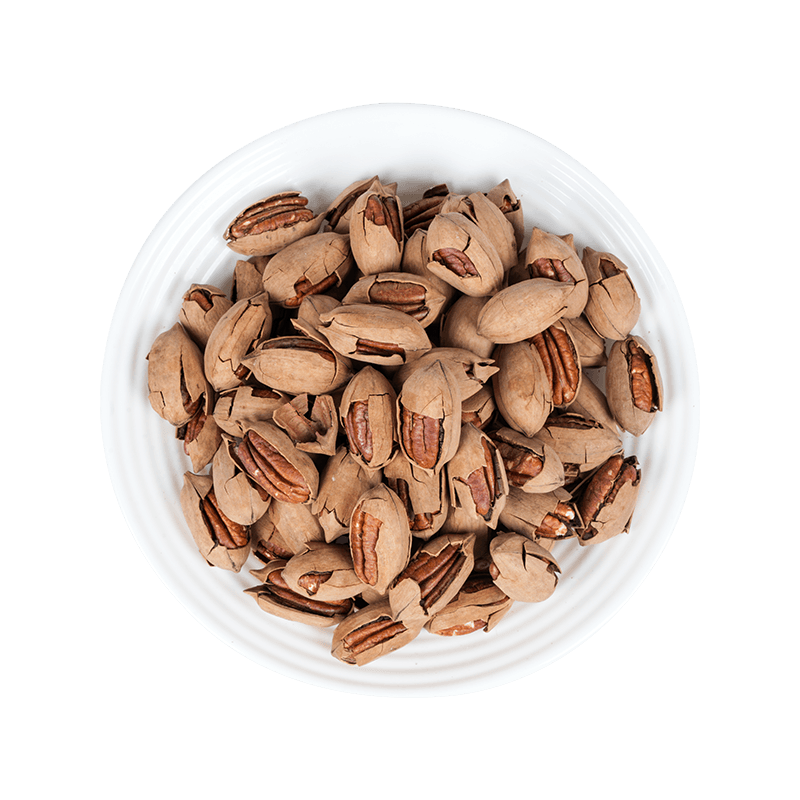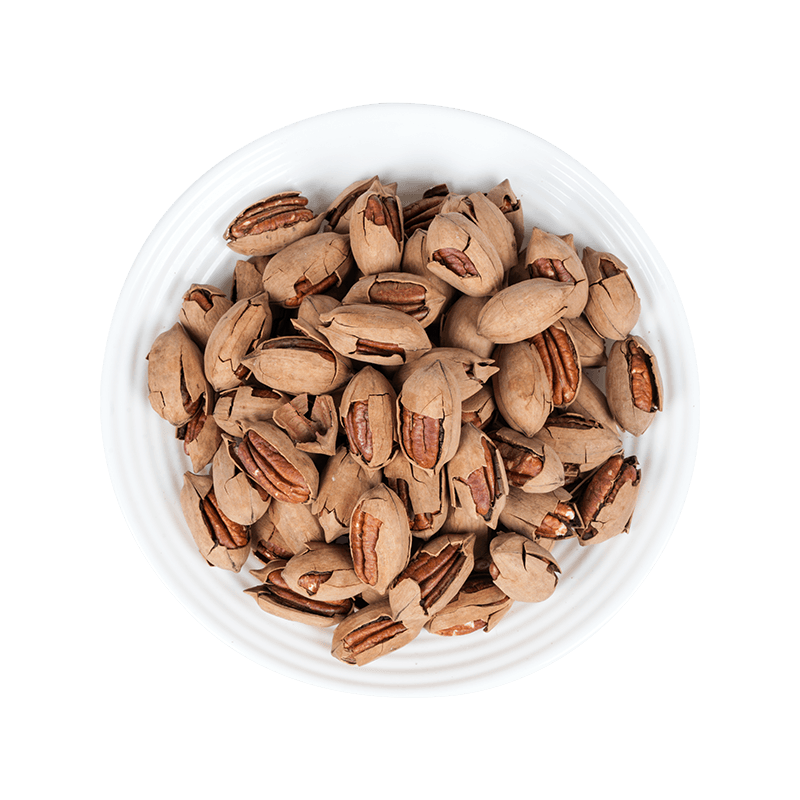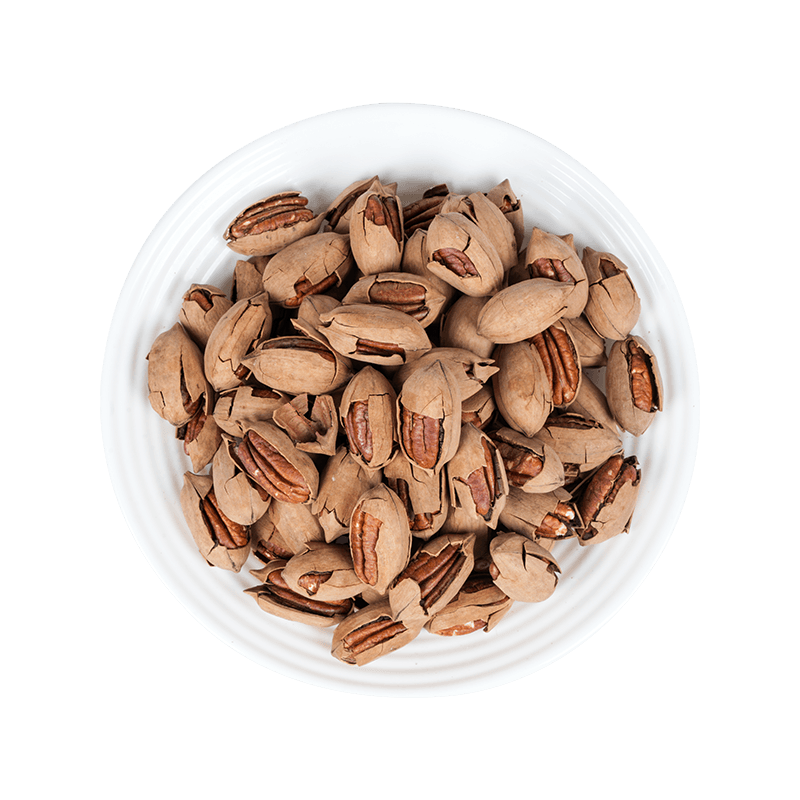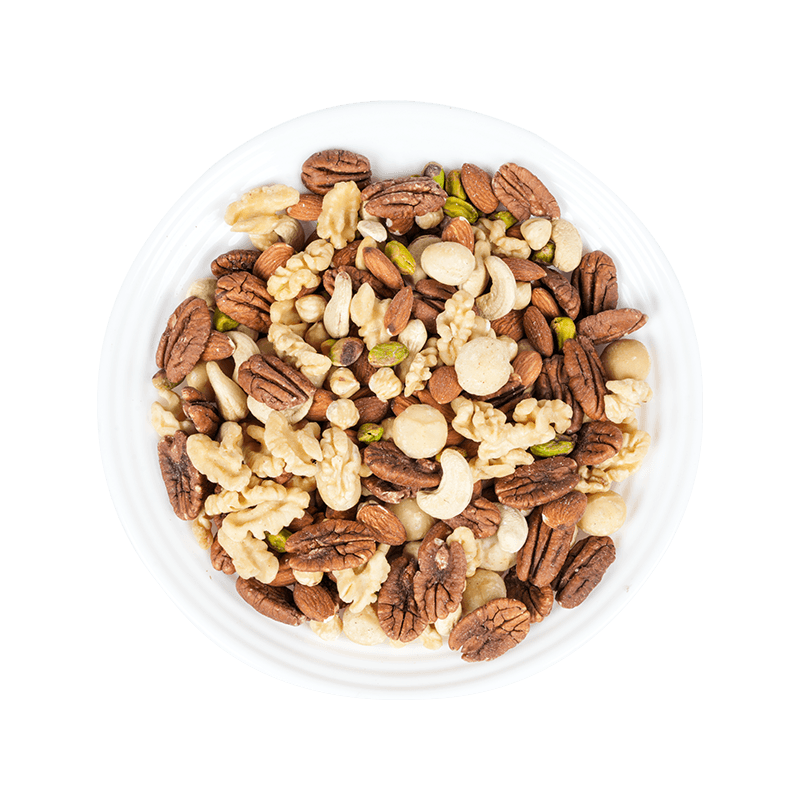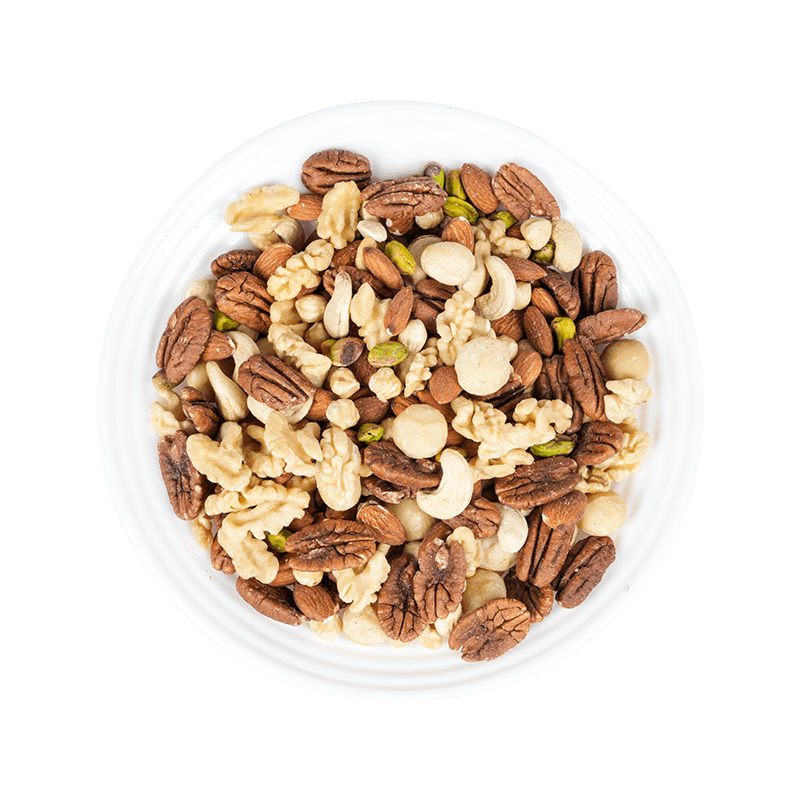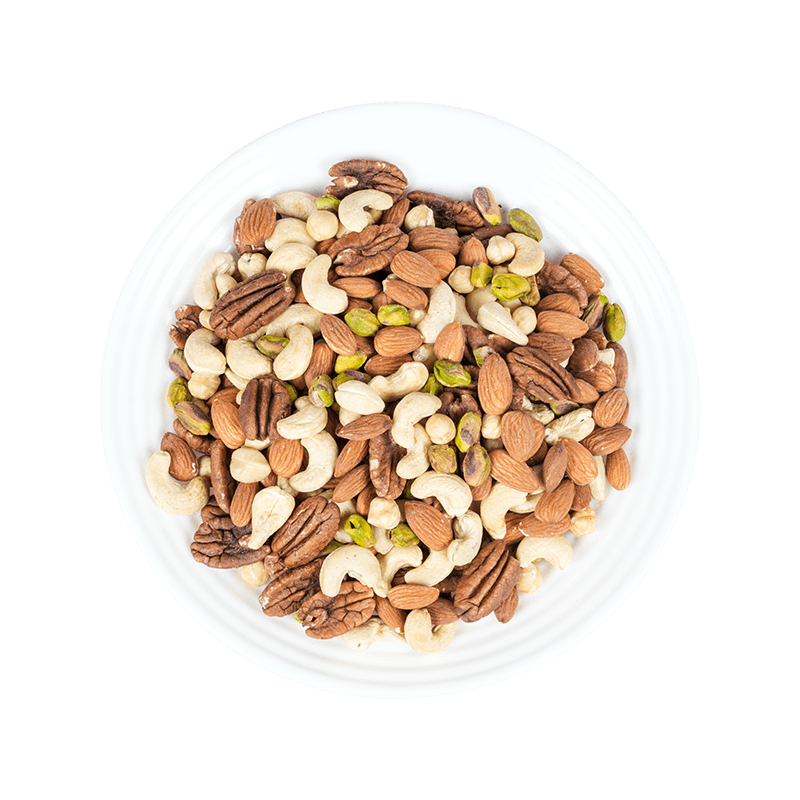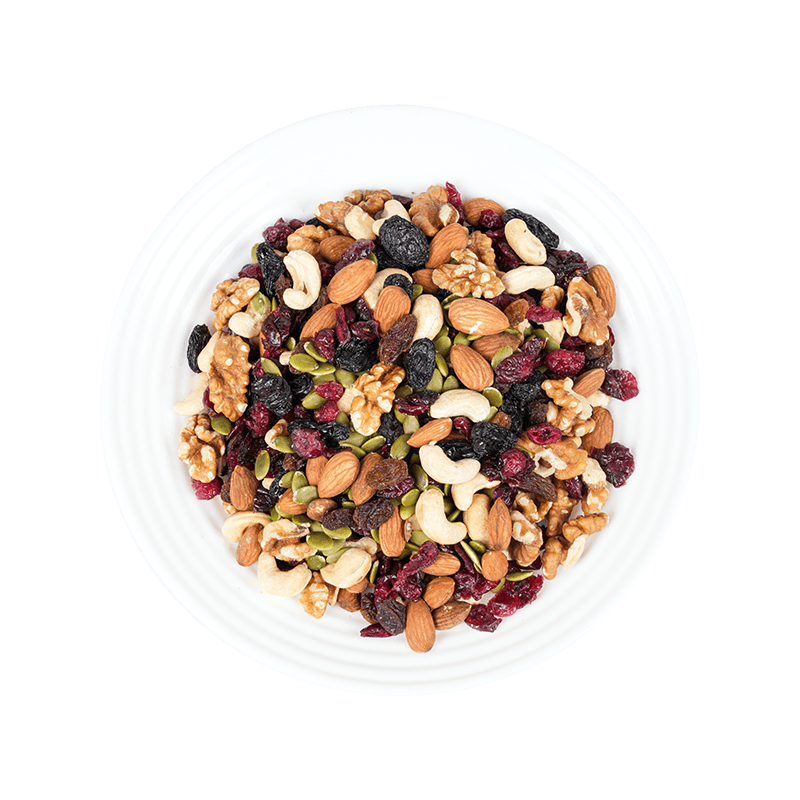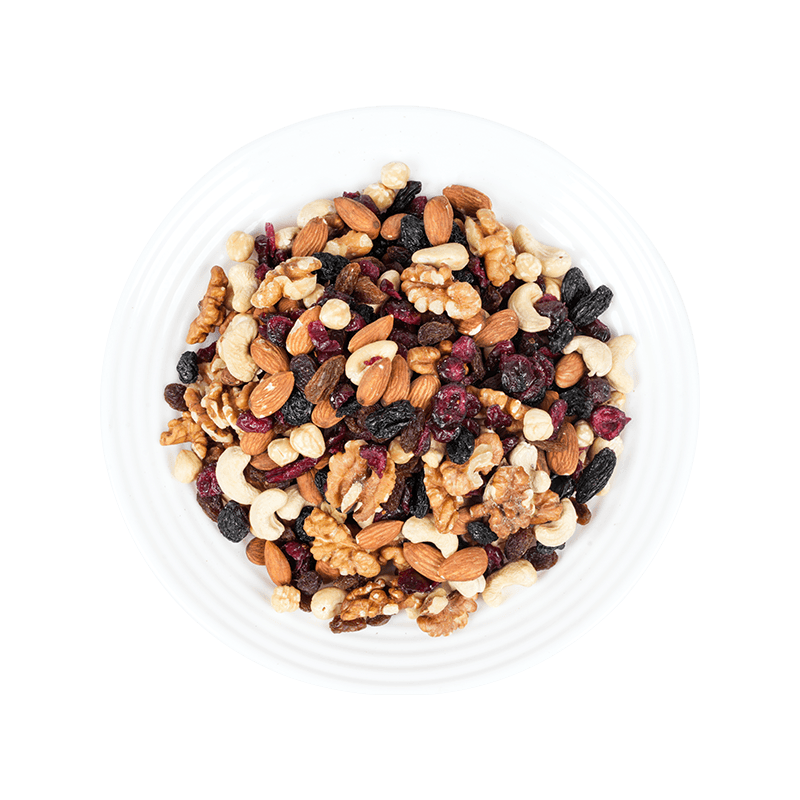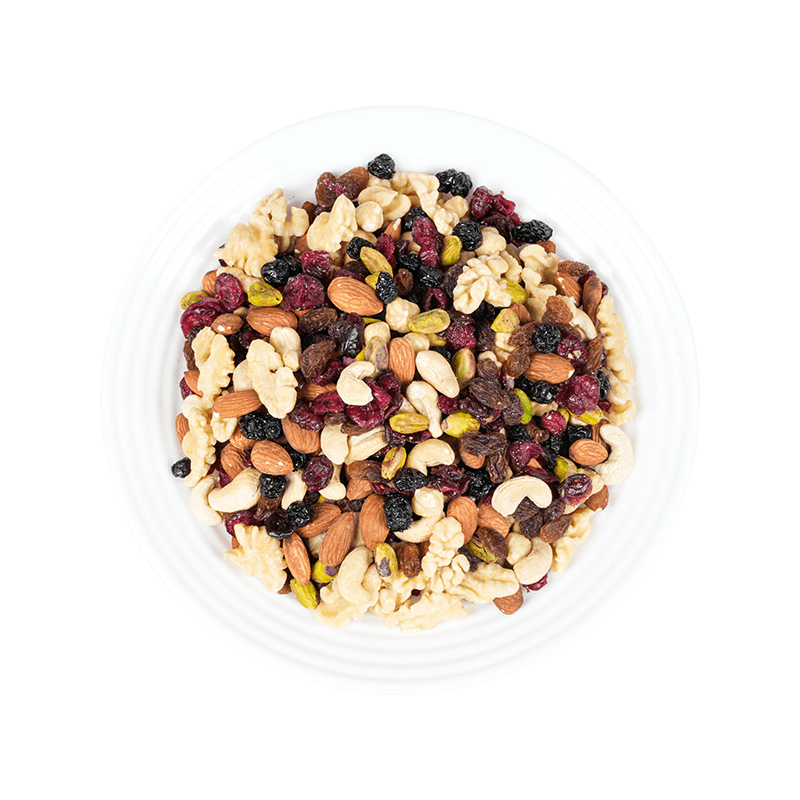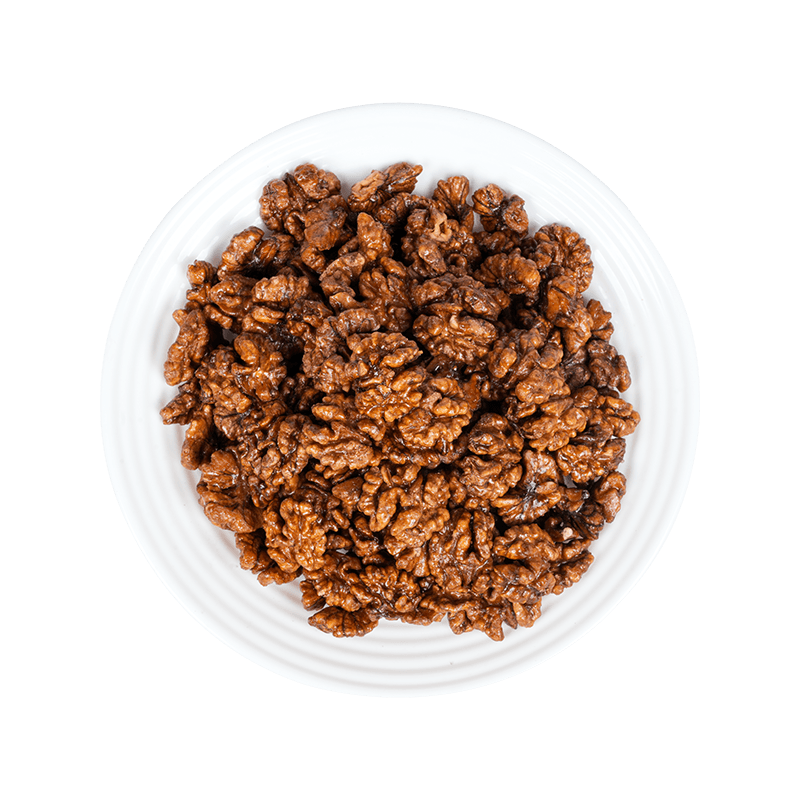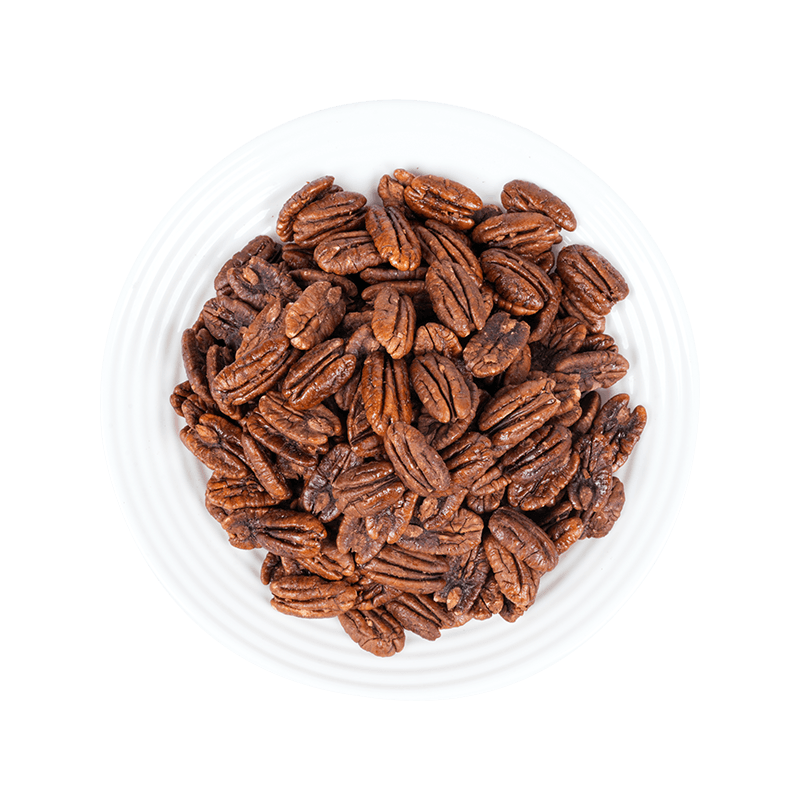Vanilla-flavored pecans from South Africa offer a delightful combination of creamy, buttery pecan taste with a subtle vanilla essence. The pecan shells are carefully cracked, ensuring the kernels rema...
See DetailsHow to control the temperature and humidity during the processing of Pecan Kernels to maximize the retention of its nutrients and taste?
During the processing of pecan kernels, the rich nutrients and crispy taste can be effectively retained by precisely controlling temperature and humidity. The following is a comprehensive analysis from scientific principles to practical strategies:
1. Sensitivity of core nutrients to temperature and humidity
Risk of oil oxidation
Pecan kernels contain 60%-70% unsaturated fatty acids, which are prone to produce free radicals after contact with oxygen, causing rancidity and deterioration.
Temperature influence: The oxidation rate doubles with every 10°C increase (for example, the oxidation rate in a 35°C environment in summer is 8 times that of a 5°C environment).
Humidity influence: When the ambient humidity is >65%, moisture absorption accelerates mold growth (such as aflatoxin is resistant to high temperatures), and when it is <40%, water loss causes protein denaturation and a hard taste.
Stability of key nutrients
Vitamin E: It is easy to decompose at high temperatures (>80°C), and the drying temperature needs to be controlled.
Minerals and amino acids: sensitive to humidity and easy to lose after moisture absorption.
2. Staged temperature and humidity control strategy
1. Pretreatment stage: rapid dehydration (0-4 hours)
Temperature: 80℃-100℃ (hot air oven, air flow transmission to avoid local overheating)
Humidity: initially maintain 30%-40% to accelerate water evaporation.
Goal: quickly reduce the water content to below 15% to inhibit mold growth.
2. Low temperature preservation stage: oil and aroma lock (4-8 hours)
Temperature: drop to 4℃-10℃ (cold storage or low temperature drying equipment)
Humidity: control at 20%-30% to prevent moisture absorption.
Principle: low temperature slows down oxidation reaction and retains unsaturated fatty acids and vitamin E.
3. Dynamic adjustment technology
Intelligent sensor: real-time monitoring of temperature and humidity, automatic adjustment of hot air circulation.
Stage drying curve:
Initial high temperature and high humidity (80℃/40%RH) for rapid dehydration,
Late low temperature and low humidity (8℃/25%RH) for nutrition preservation.
3. Key equipment and process optimization
Equipment selection
Hot air oven: uniform air flow temperature (80℃-100℃), avoiding nutrient loss caused by direct fire.
Low-temperature drying cold storage: an investment of about 10,000 yuan can build a 100-200m³ cold storage, achieving precise temperature control of 4℃-10℃.
Process improvement
Avoid over-drying: stop when the moisture content drops to 5%-8% to prevent oil volatilization.
Vacuum packaging assistance: nitrogen is filled and sealed after drying to further delay oxidation.
IV. Quality monitoring indicators
Sensory standards: the finished product has a crispy taste, no rancid smell, and a strong aroma.
Physical and chemical indicators:
Acid value (AV) ≤1.0 mg/g (measures the degree of oil oxidation),
Peroxide value (POV) ≤5.0 mmol/kg.
Microbiological indicators: total mold count <50 CFU/g, no aflatoxin detected.
V. Challenges and Solutions
Cost issues: The initial investment in low-temperature cold storage is high, and equipment utilization can be improved through batch processing.
Operational complexity: Introduce automated control systems to reduce manual monitoring errors.
Regional adaptability: Dehumidification measures need to be strengthened in high-humidity areas in the south (such as silica gel desiccant assistance).
Through the above strategies, pecan kernels can retain more than 90% of unsaturated fatty acids and vitamin E after processing, while maintaining a crispy taste and extending the shelf life to more than 12 months.
 CONTACT US
CONTACT US


 English
English Français
Français Español
Español عربى
عربى
